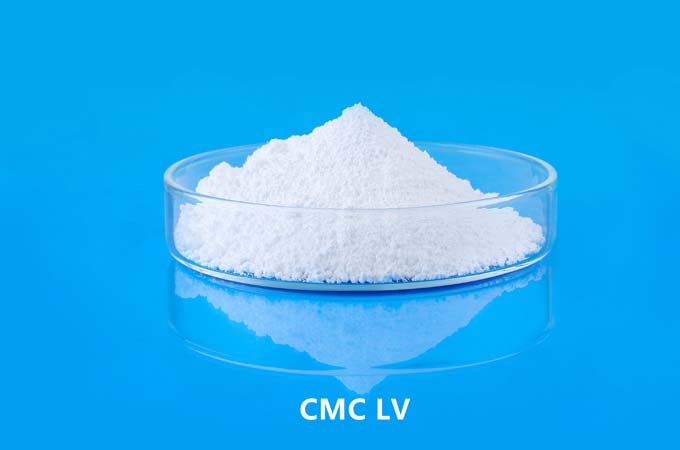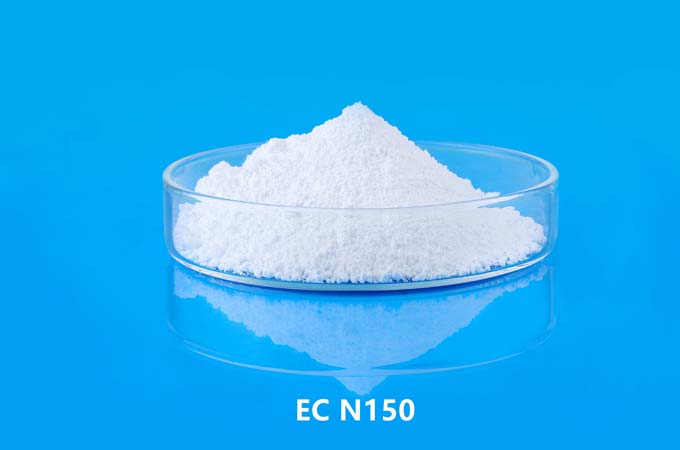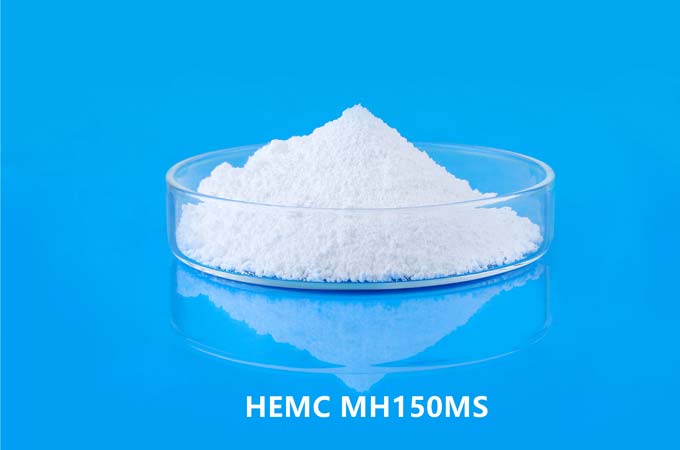Hydroxypropyl methylcellulose (HPMC) is a multifunctional polymer with numerous applications in the construction industry, particularly in cement and mortar. Derived from natural polymers, this cellulose ether derivative is widely used as an additive in cement-based products due to its unique properties.
1. Introduction to HPMC:
Hydroxypropyl methylcellulose is a non-ionic cellulose ether derived from wood or cotton fibers. It is a white to off-white powder that dissolves in water to form a clear, colorless solution. HPMC is known for its excellent water retention, thickening and rheological properties, making it ideal for a variety of industrial applications.
2. The role of HPMC in cement:
Water retention:
HPMC is hydrophilic, meaning it has a strong affinity for water. In cement-based products, HPMC acts as a water-retaining agent, preventing rapid evaporation of water. This helps maintain the workability of the mortar or concrete, allowing for better application and finishing.
Improved machinability:
The addition of HPMC imparts better workability to the cement mixture. It enhances ease of operation and application, making it particularly useful on construction projects where smooth and consistent workability is required.
Thickener:
HPMC acts as a thickening agent in cement-based formulations. It affects the viscosity of the mixture and contributes to the stability of the mortar or concrete. This property is critical for applications such as tile adhesives, where the adhesive needs to maintain a certain consistency.
Set time control:
The setting time of cement is a critical factor in construction. HPMC for cement can be used to control setting time, allowing adjustment to specific project requirements. This is beneficial where longer setting times are required.
Improve adhesion:
HPMC enhances bonding properties, especially in tile adhesives and grouts. It helps create a strong bond between the substrate and the tile, ensuring the longevity and durability of the installed tiles.
Reduce sagging:
In vertical applications, such as plastering or rendering, HPMC cellulose helps reduce sagging or collapse. This is essential to achieve a uniform, consistent surface that does not deform.
3. Benefits of using HPMC in cement:
Consistent quality:
HPMC ensures consistent quality of cement-based products, reducing variability in properties and performance.
Enhanced durability:
The use of HPMC helps improve the overall durability of cementitious materials, making them resistant to cracking and other structural problems.
Versatility:
HPMC is compatible with a variety of other additives and construction chemicals, enhancing its versatility in different applications.
Economic advantages:
The improved workability and setting time control provided by HPMC can increase the efficiency of construction projects, potentially reducing labor costs.
Environmental friendly:
HPMC is derived from natural polymers and is considered environmentally friendly, in line with the growing emphasis on sustainable building practices.
4. Application of HPMC in cement:
Tile Adhesives and Grout:
HPMC is widely used in tile adhesives and grouts to improve adhesion, workability and water retention.
Plaster and render:
In plastering and rendering applications, HPMC helps achieve smooth, even surfaces by reducing sagging and improving workability.
Self-leveling compounds:
HPMC is incorporated into self-leveling compounds to control viscosity and ensure proper leveling.
Mortar and Concrete:
HPMC is widely used in mortars and concrete mixtures due to its water retention, workability and setting time control properties.
Exterior Insulation and Finishing Systems (EIFS):
HPMC improves the performance of EIFS by enhancing primer adhesion and workability.
5 Conclusion:
Hydroxypropyl methylcellulose plays a vital role in the construction industry, especially in cement-based applications. Its unique combination of water retention, thickening and rheological properties makes it an indispensable additive for achieving desired performance characteristics in a variety of building materials. From improving construction performance to controlling setting time, HPMC offers a range of benefits that help improve the overall quality, durability and efficiency of construction projects. As the construction industry continues to evolve, HPMC is likely to remain a key player in improving the performance of cementitious materials.
 English
English 日本語
日本語 français
français Deutsch
Deutsch Español
Español italiano
italiano русский
русский português
português العربية
العربية Türkçe
Türkçe Nederland
Nederland



